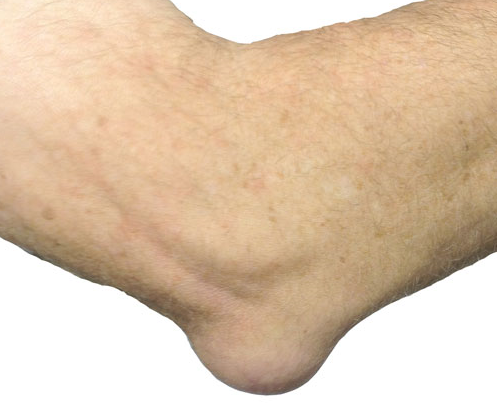Elbow arthroscopy for stubborn lateral epicondylitis (tennis elbow)
Lateral epicondylitis (tennis elbow) can be one of the more frustrating conditions that patients come to see me for. It is the most common cause of lateral elbow pain and can lead to significant disability. Luckily, a vast majority of cases do improve without surgery within 3-4 months with rest, bracing, and stretching.
What can be done if the pain does not improve with the common treatment of rest, stretching, and bracing?
If the pain persists greater than 6 months, I generally offer elbow arthroscopy. This quick, outpatient surgery takes approximately 30 minutes and involves making two small skin incisions (approximately 1cm) around the elbow and using a camera and small instruments to remove the damaged portion of the tendon that is causing pain.
Most patients see very good results and have significant improvement in their pain and return of function within 4-6 weeks from surgery.
To learn more, you can schedule a consultation with me here or always feel free to contact the office with questions.










![300px-Golfers-Elbow_SAG[1].jpg](https://images.squarespace-cdn.com/content/v1/584655e8197aeac7d8b18fd1/1512587899774-5Q7D3UPPDEY7ZRK3WA4O/300px-Golfers-Elbow_SAG%5B1%5D.jpg)